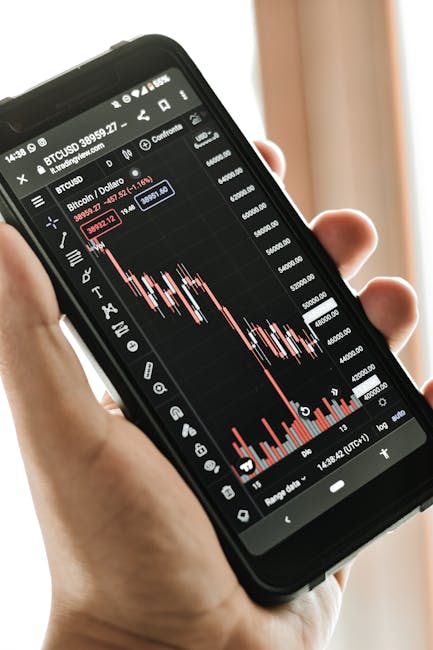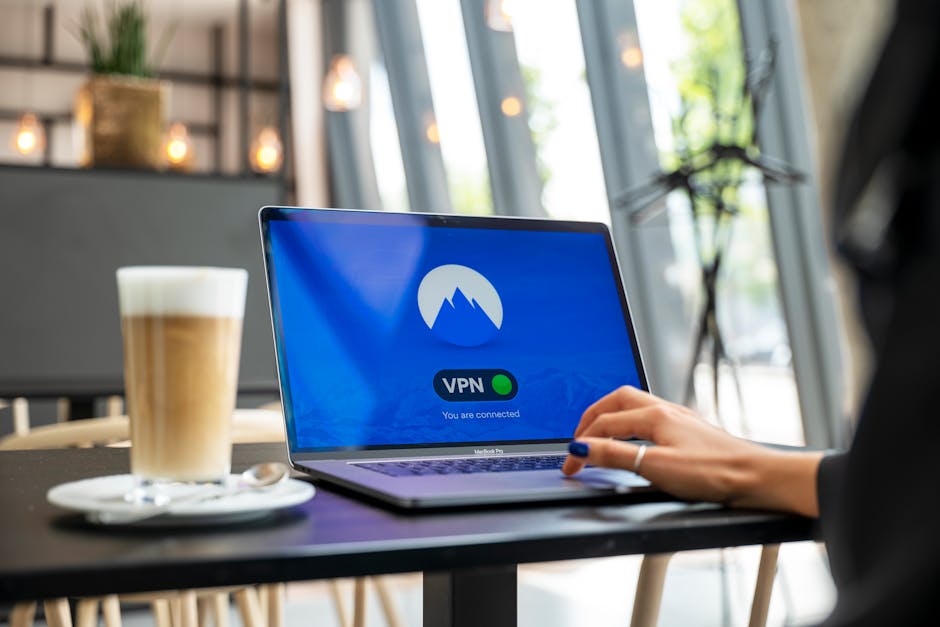The smartphone industry thrives on innovation, and foldable phones have emerged as one of its most exciting yet polarizing developments. Combining portability with tablet-like functionality, these devices promise to transform how we interact with technology. However, their steep price tags have limited their appeal to a niche audience. As manufacturers work to reduce costs, a critical question arises: Will foldable phones gain widespread adoption, and can they convince business users—a key demographic—to embrace them?
The Foldable Promise: Innovation Meets Practicality
Foldable phones, like Samsung’s Galaxy Z Fold and Motorola’s Razr, offer a unique blend of portability and functionality. For business users, the appeal is clear: a device that transitions seamlessly from a phone for calls and emails to a mini-tablet for presentations, multitasking, and creative work. The expanded screen real estate is particularly attractive for professionals who rely on productivity apps, video conferencing, and data-heavy tasks.
Yet, the technology is still evolving, and early adopters have faced challenges. Durability concerns, software optimization issues, and the bulkiness of some models have left many users skeptical. For business professionals, reliability is paramount, and any performance hiccup could be a deal-breaker.
The Price Barrier: A Hurdle for Mass Adoption
The primary obstacle to foldable phone adoption is their cost. Flagship models often exceed ₹1,50,000, placing them firmly in the luxury category. For most consumers, this is a steep investment compared to traditional smartphones that offer robust features at lower prices.
Industry experts suggest that foldable phones need to drop in price by 30-40% to achieve mainstream appeal. Manufacturers are already taking steps in this direction. Chinese brands like Oppo and Xiaomi are developing more affordable models, while Samsung is rumored to be working on a mid-range foldable phone. If these efforts succeed, foldable phones could become accessible to a broader audience, including budget-conscious business users.
Will Business Users Bite?
Business professionals are a key target audience for foldable phones, as their needs align closely with the devices’ features. However, convincing this demographic requires more than just a folding screen and sleek design.
1. Reliability is Non-Negotiable
Business users cannot afford frequent hardware malfunctions or software glitches. Manufacturers must invest in robust build quality and rigorous testing to ensure these devices withstand daily use.
2. Optimized App Ecosystem
Many productivity apps are not yet fully compatible with foldable screens, limiting their utility. While companies like Microsoft and Google are working on foldable-friendly software, more effort is needed to create a seamless user experience.
3. Clear Return on Investment
Businesses must see tangible benefits to justify the cost. If foldable phones can enhance productivity, reduce the need for multiple devices, or offer unique advantages in specific industries, they may gain traction. For example, real estate agents could use them to showcase property listings, while designers could leverage the larger screen for creative work.
The Road Ahead
Foldable phones stand at a critical juncture. Their potential is undeniable, but their success depends on addressing key challenges: lowering prices, improving durability, and optimizing software. If manufacturers can deliver on these fronts, foldable phones could revolutionize both consumer and business markets.
For now, foldable phones remain a niche segment, but their promise is immense. As prices drop and technology matures, these devices may become a staple in the business world. The question isn’t whether foldable phones have a chance—it’s whether they can convince pragmatic, results-driven business users to fold into the future.




